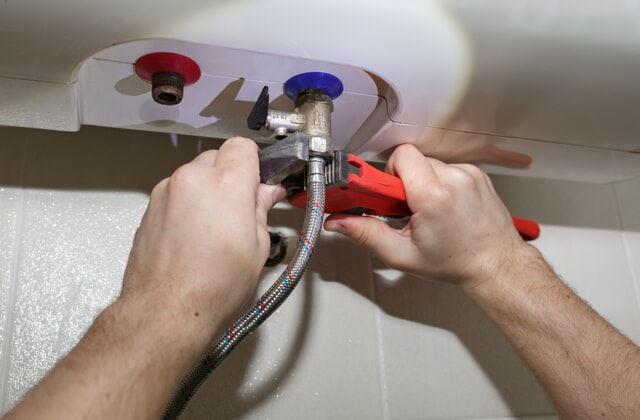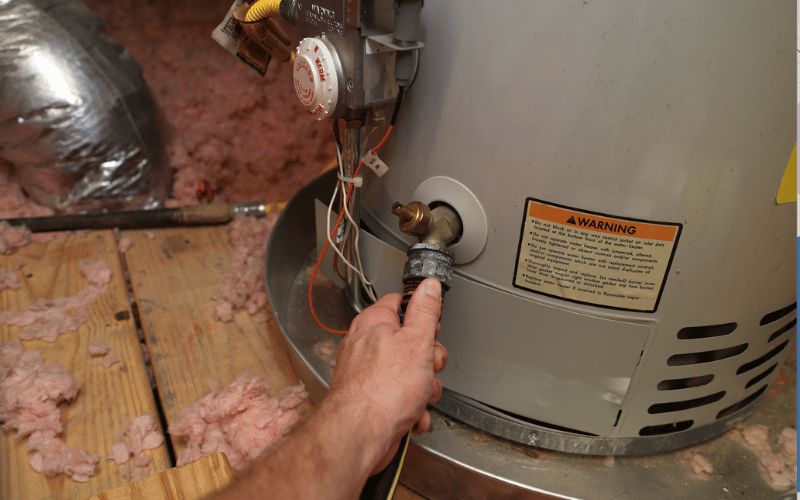This post which follows on the subject of What Kind of Maintenance Do Water Heaters Need? is extremely captivating. Check it out for yourself and figure out what you think of it.

Hot water is important for daily comfort, whether it's for a refreshing shower or cleaning recipes. To guarantee your warm water system runs effectively and lasts longer, routine maintenance is vital. This post supplies functional suggestions and insights on how to maintain your home's warm water system to stay clear of disturbances and pricey repairs.
Introduction
Maintaining your home's hot water system might seem challenging, but with a few simple steps, you can ensure it operates efficiently for several years ahead. This guide covers everything from understanding your hot water system to do it yourself upkeep pointers and recognizing when to employ specialist assistance.
Value of Preserving Your Hot Water System
Regular upkeep not just prolongs the life expectancy of your hot water system but additionally guarantees it runs effectively. Overlooking maintenance can lead to lowered performance, greater energy bills, and even early failing of the system.
Indications Your Hot Water System Needs Upkeep
Understanding when your hot water system needs focus can protect against significant issues. Look out for indicators such as irregular water temperature, strange sounds from the heating unit, or rustic water.
Flushing the Hot Water Heater
Purging your water heater gets rid of debris accumulation, enhancing effectiveness and prolonging its life.
Monitoring and Replacing Anode Rods
Anode rods protect against rust inside the tank. Evaluating and changing them when worn out is critical.
Complicated Issues Calling For Expert Help
Instances include significant leakages, electrical troubles, or if your water heater is continually underperforming.
Regular Professional Upkeep Advantages
Expert upkeep can include detailed evaluations, tune-ups, and making sure compliance with security standards.
Checking and Adjusting Temperature Setups
Adjusting the temperature setups ensures optimal efficiency and safety and security.
DIY Tips for Maintenance
You can carry out numerous maintenance jobs yourself to maintain your warm water system in top problem.
Checking for Leakages
Regularly check pipes and connections for leakages, as these can result in water damages and higher expenses.
Recognizing Your Hot Water System
Before diving into upkeep jobs, it's helpful to comprehend the fundamental parts of your warm water system. Typically, this includes the hot water heater itself, pipes, anode rods, and temperature level controls.
Monthly Maintenance Tasks
Routine month-to-month checks can help capture small issues before they rise.
Testing Pressure Alleviation Valves
Examining the stress relief valve ensures it works appropriately and prevents extreme stress build-up.
Insulating Pipes
Protecting warm water pipes decreases warm loss and can conserve power.
When to Call a Professional
While DIY maintenance is helpful, some concerns require professional know-how.
Final thought
Routine upkeep of your home's warm water system is essential for efficiency, durability, and expense financial savings. By adhering to these pointers and knowing when to look for specialist help, you can ensure a dependable supply of hot water without unforeseen interruptions.
How to Maintain an Instant Hot Water Heater
Before tinkering with your hot water heater, make sure that it’s not powered on. You also have to turn off the main circuit breaker and shut off the main gas line to prevent accidents. Also turn off the water valves connected to your unit to prevent water from flowing into and out of the appliance. 2. When you’re done, you have to detach the purge valves’ caps. These look like the letter “T” and are situated on either side of the water valves. Doing so will release any pressure that has accumulated inside the valves while at the same time avoid hot water from shooting out and burning your skin. 3. When the purge valves’ caps are removed, you have to connect your hosing lines to the valves. Your unit should have come with three hoses but if it didn’t, you can purchase these things from any hardware or home repair shops. You can also get them from retail stores that sell water heating systems. Read the user’s manual and follow it to complete this task properly. When the hosing lines are connected, open the purge port’s valves. 4. You should never use harsh chemical cleaners or solutions when cleaning your unit. Make use of white vinegar instead. It should be undiluted and you’ll probably use about 2 gallons. 5. Now flush your water heater. This task should probably take about 40 minutes. We can’t give you specific directions for this because the procedure is carried out depending on the type, model and brand of your heater. With that being said, refer to the user’s manual. 6. When you’re done draining the unit, you have to turn off the purge port valves again. Remove the hosing lines that you earlier installed on each of the water valves. Put the valve caps (purge port) back in their respective places and be very careful so as not to damage the rubber discs that are found inside these caps. 7. Now that everything’s back in place, check your user’s manual again to find out how to reactivate your water heating system. 8. Once it is working, turn one of your hot water faucets on just to let air pass through the heater’s water supply pipes. Leave the tap on until water flows smoothly out of it. https://www.orrplumbing.com/blog/2014/september/how-to-maintain-an-instant-hot-water-heater/

Hopefully you liked our article on How to Maintain Your Water Heater & Prolong its Life. Thank you so much for spending some time to read our short article. So long as you enjoyed our article kindly be sure to pass it around. We love reading our article about How to Maintain Your Water Heater & Prolong its Life.
Click Here